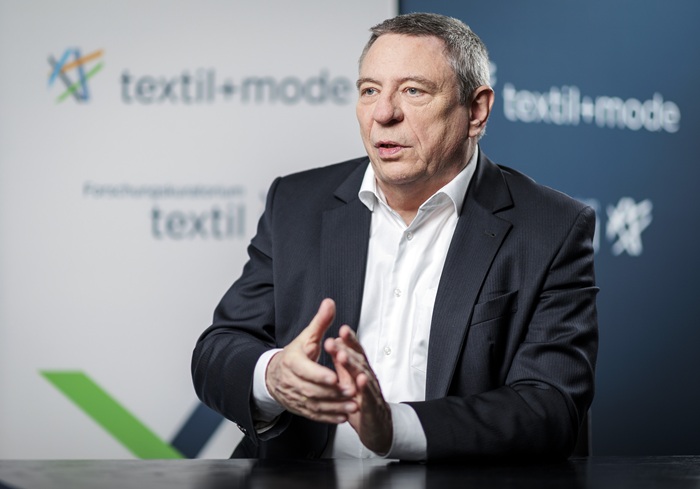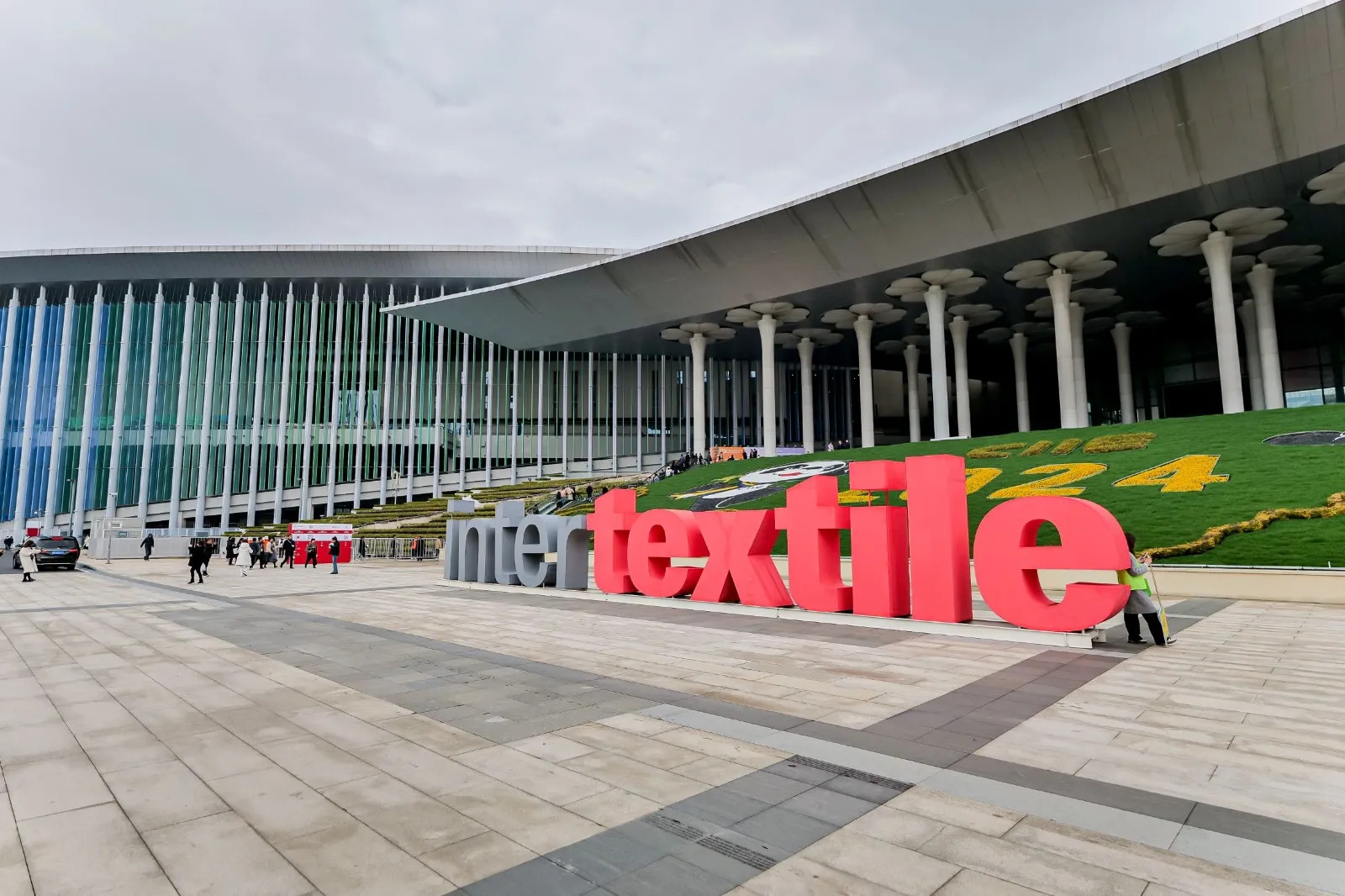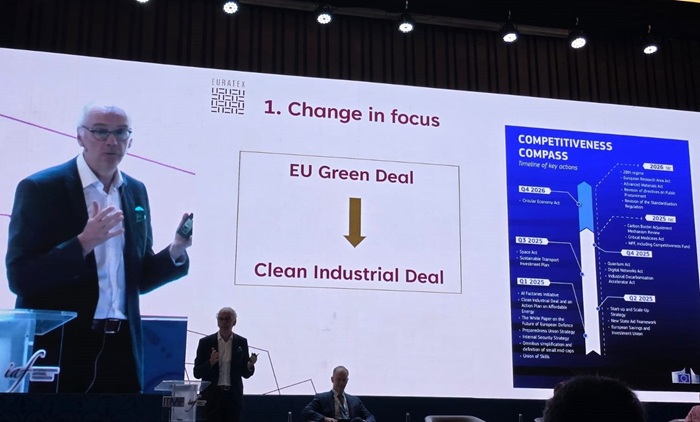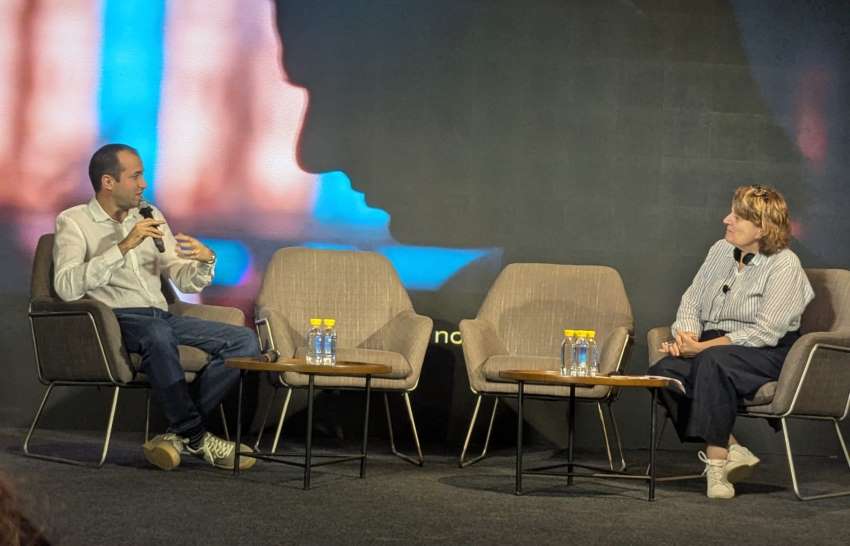FW
Texcare Forum was held in Singapore from November 9 to 10, 2016. This is an affiliated event of Texcare Asia and deals with the laundry, dry cleaning and textile rental industry. It saw 200 delegates from 11 countries and regions. On November 9, the full-day forum featured 10 speakers from Singapore, Malaysia, Indonesia and the Philippines, speaking on their local market situation, challenges and market trends. There were more than 150 attendees from Singapore as well as industry professionals from Belgium, China, Indonesia, Malaysia, the Netherlands, the Philippines, Singapore, Switzerland, Taiwan, Thailand and the US.
A visit to three large-scale laundry plants in Singapore was arranged. It offerd an opportunity to learn about the technologies and operating systems in use. After the summit, manufacturers, agents and laundry service users from Singapore were invited to a banquet, maximising the communication among equipment suppliers and users.
The laundry industry in Singapore is in need of new automation technologies and solutions to reduce the manpower required and provide an age-friendly and smarter work environment for the staff. The event was organised by Messe Frankfurt and the China Light Industry Machinery Association.
An acute cash crunch that followed the scrapping of high-value currency notes has highlighted the woes of ailing jute sector. Raw jute supplies are narrowing with only 40-45 per cent of the stock reaching the market. With it, concerns over the supply of balance stock are mounting as there is lack of cash to pay off farmers, sellers and stockists in the secondary and upcountry markets where raw jute has been stored. In value terms, raw jute of around Rs 4,000 crore is held up in the rural and secondary markets for want of the required payment arrangement.
Disposal of stock of raw jute has halted due to non-payment either in terms of cash or through bank for the past three weeks. The Jute Corporation of India is unable to continue the purchase of raw jute for the past few weeks in the absence of a facility for payment to farmers, transporters and labourers.
Despite a bumper crop size of nine million bales, farmers are in distress as adequate action has not been initiated for disposal of raw jute. Three government organisations namely the Jute Commissioner’s Office, National Jute Board (NJB) and Jute Corporation of India (JCI) are functioning to control the jute sector right from the producer (farmer) level to end user (jute goods manufacturing) level.
Amidst tensions between India and Pakistan, reports say that Pakistan has rejected a consignment of 10,000 bales of cotton worth $3.3 million from India. This was done citing violation of plant quarantine rule by importers. The shipment of ginned cotton, lying at the Karachi Port, was imported by seven textile mills. It was rejected by the Plant Quarantine and Certification Services Office, Ministry of National Food Security and Research Department of Plant Protection.
The customs deputy collector informed that the consignment was imported in violation of the ‘Pakistan Plant Quarantine Act 1976 and Rules 1967’ and said the consignment would be returned to India at the expense of importers. The rejection sent shock waves in the textile industry which has been striving for permission to import cotton from India, the report said. Last year, 2.7 million bales worth $800 million were imported from India to make up for the shortfall after the failure of the cotton crop.
The private sector has imported around 1.2 million cotton bales from different countries and orders for 0.3 million bales of Indian cotton have been placed, it is said. According to textile industry leaders, cotton imported from countries other than India was cleared by the customs authorities without any issue. Zahid Mazhar, senior vice-chairman, All Pakistan Textile Mills Association (APTMA), was critical of the government policy for not allowing cotton imports from India. He revealed the industry needs around four million bales of imported cotton this year to meet supply shortfalls. The country is expected to produce around 10.05 million bales this year against an estimated demand of 15 million bales.
For the third quarter of 2016 Hanes Brands reported a net margin of 8.55 per cent and a return on equity of 61.39 per cent. The firm, an innerwear, active wear and basic apparel retailer, earned $1.76 billion during the quarter. Revenue was up 10.7 per cent compared to the same quarter last year.
Strong e-commerce business and replenishment-driven nature of products as well as strategic buyouts helped it to maintain topline. However, sales have been soft in the active wear and direct to consumer segments for the past few quarters. Limited international exposure and a deep focus on premium brands remain a concern.
It was able to keep its trend of posting year-on-year growth in both top and bottom lines during the period. Hanes Brands’ dividend payout ratio is presently 33.85 per cent. It posted in line earnings in the third quarter of 2016 after reporting a negative earnings surprise in the second quarter.
About 94.28 per cent of the stock is currently owned by hedge funds and other institutional investors. The company, based in the US and founded in 1901, has been consistently innovating to maintain market share and a loyal customer base.
To ensure material for sustainable development, many textile and garment enterprises in Vietnam are investing in textile and dyeing complexes. And to avail themselves of business opportunities from the Trans-Pacific Partnership (TPP) agreement, many textile and garment firms have started building textile and dyeing complexes over the last two years. For instance, 10 enterprises have invested hundreds of millions of US dollars in those complexes in southern Binh Duong Province.
However, US President-elect Donald Trump said his country would leave the TPP but investment to those industrial complexes would still continue for long-term development strategies. Esquel Garment Manufacturing Vietnam has operated in Vietnam for 10 years and mainly imported material from China. In 2015, the company invested in a textile and dyeing factory in Binh Duong for availing business opportunities from the TPP. The factory has completed construction of the building in the first stage and it will begin operations in a year.
With information emerging that the US could leave the TPP, the company would carefully consider its investment plans for the factory in the second and third stages. However, Nguyen Van Luong, DG of Esquel Garment Manufacturing Vietnam said that the decision on investment was under the company’s long-term development strategy in Vietnam but not only for TPP.
Textile and garment enterprises said TPP has prompted them to increase investment in textile and dyeing for production of garment products. In the long-term, development of textile and dyeing would help Vietnam complete its production process for garment products and avoid dependence on material imports as being done at present.
The made-up sector in India will get production incentives and subsidies similar to what the garment sector gets. Made-ups include products like towels, bed sheets, blankets, curtains, crochet laces, pillow covers, towels, zari, embroidery articles and this is the second largest employer in the textile sector after apparel.
The permissible overtime has been increased up to 100 hours per quarter in the made-up manufacturing sector. Employees’ contribution to EPF has been made optional for employees earning less than Rs 15,000 per month. These incentives are part of the Rs 6,006 crores package announced for the apparel sector in June and are expected to help India in creating huge employment, earning foreign exchange and creating traction for the fabric and yarn sectors.
An additional 3.67 per cent share of employer’s contribution in addition to the 8.33 per cent covered under the Pradhan Mantri Rozgar Protsahan Yojana will be given for all new employees enrolling in EPFO for the first three years of employment as a special incentive to the made-up sector. Since the maximum sourcing done by the made-up sector is from domestic industry, it will also help in the Make in India plan. The capital investment subsidy rate for made-ups has been increased to 25 per cent with value cap revised to Rs 50 crores.
VF Corporation has announced that Karl Heinz Salzburger, Vice President & Group President, VF International will retire at the end of 2017. The company is a global leader in branded lifestyle apparel, footwear and accessories. Through the first quarter of 2017, Salzburger will remain in his current position when he will become a special advisor to the CEO. He would focus on a successful transition of responsibilities in the company’s international organization.
During his 19-year stint with VF Corp, Salzburger’s he displayed extraordinary leadership skills and measurable success in building and growing VF’s international business which today represents about 36 per cent of the company’s total global sales. All throughout, he has been a driving force behind VF’s business expansion around Europe, the Middle East, Africa and the Asia-Pacific region. During his nine year tenure, the company’s business more than doubled in size.
After Salzburger’s resignation, Aidan O’Meara will assume the role of Vice President & Group President, VF International and will serve on the company’s operating and executive committees. O’Meara was named President of the Asia-Pacific region in 2007 with responsibility to build a new organization in the region and develop a shared infrastructure to support expansion of VF’s brands. Under his leadership, VF today has an established presence in China and seven other countries in the region.
Going by the interest shown by world technology leaders at the ongoing India ITME 2016, the textiles landscape in India is about to change. The Indian textile industry is adopting latest technologies to cater to global demand in textiles.
To prove a point, participation from 38 countries, huge amount of foreign visitors and an overwhelming participation by Indian manufacturers of textile machinery is perhaps a testimony of the mood of domestic textile industry. Textile consumption within India is growing at a fast pace. Also, with China’s share in world textiles trade about seven times more than that of that of India, Indian manufacturers are sensing an opportunity in exports. The six-day exhibition is witnessing dozens of product launches and proving to be an effective platform for joint ventures and collaborations between stakeholders of textile industry in India and overseas.
Speaking at TexSummit 2016, Sanjiv Lathia, Chairman, India ITME Society said the biggest change in the next five years will be higher automation in all machines leading to better quality products for the ends users. He said he also expected advanced technology machines to be available from Indian manufacturers.
Among the visitors are foreign as well as domestic business leaders, academicians, research scholars, government officials from countries such as Philippians, Myanmar, Bangladesh, Srilanka, Iran, Turkey, Brazil, Indonesia, Poland, Malaysia, Kenya, Ethiopia and Egypt. India is not only a strong market but is also explored as a hub for training and skill development by many countries for textiles and textile engineering.
As a part of the proposed FTA or otherwise, India and the EU are in disagreement over whether to negotiate a bilateral investment treaty (BIT) for mutual protection and promotion of investments. The EU wants the two to enter into a BIT as soon as possible followed by the FTA as individual investment protection agreements signed by its member-countries with India have already started to lapse.
The EU has also urged India to allow existing BITs to continue till a new one is negotiated. EU officials, who met senior officials from Department of Economic Affairs and Commerce Department last month discussed the matter and are now expected to respond on how the FTA negotiations should proceed.
Due to disagreement between the two sides over contentious issues such as lowering of import duties on automobiles and alcohol by India and recognition of India by the EU as a ‘data-secure’ country, the proposed India-EU FTA, officially known as the broad-based trade and investment agreement, is stuck for the last few years. The FTA, which would focus on goods and services, will also have a separate chapter on investments which would include measures for its promotion and protection. India’ BIT with Netherlands has already lapsed on November 30 and similar agreements with most other EU member countries are set to lapse in the first half of next year.
In order to avoid a string of litigations it has been facing over the last few years from global companies, New Delhi has come up with a model BIT draft based on which it now seeks to re-negotiate all its existing investment agreements. It understandably doesn’t want to give extensions to the existing agreements that lapse.
Vibrant Gujarat will be held from January 10 to 13, 2017 in Ghandhi nagar. The event will focus on sustainable economic and social development and is expected to be attended by over two million people from around the world. The global summit will provide visitors an opportunity to interact with key policy makers, industry leaders, global thought leaders, regulators and renowned academicians from all over the world.
Besides giving stakeholders of various sectors a chance to witness coherent deliberations between sector experts and global luminaries in an array of knowledge seminars, the summit will offer a platform to small and medium enterprises to connect globally with potential partners to explore opportunities of collaboration and partnership.
Networking forums like B2B and B2G meetings will help stakeholders interact with each other and exclusive demo sessions showcasing the latest trends and technology, products and services across sectors will also be held at the summit.
Gujarat boasts over 600 medium and large textile processing houses and contributes to over one-fourth of India’s technical textile output. The state has about 1,500 medium and large textile units featuring 18 textile related product clusters. It is the largest producer of man-made and filament fabric in India and the second largest decentralised power loom concentrating state with 50,000 cotton looms.












